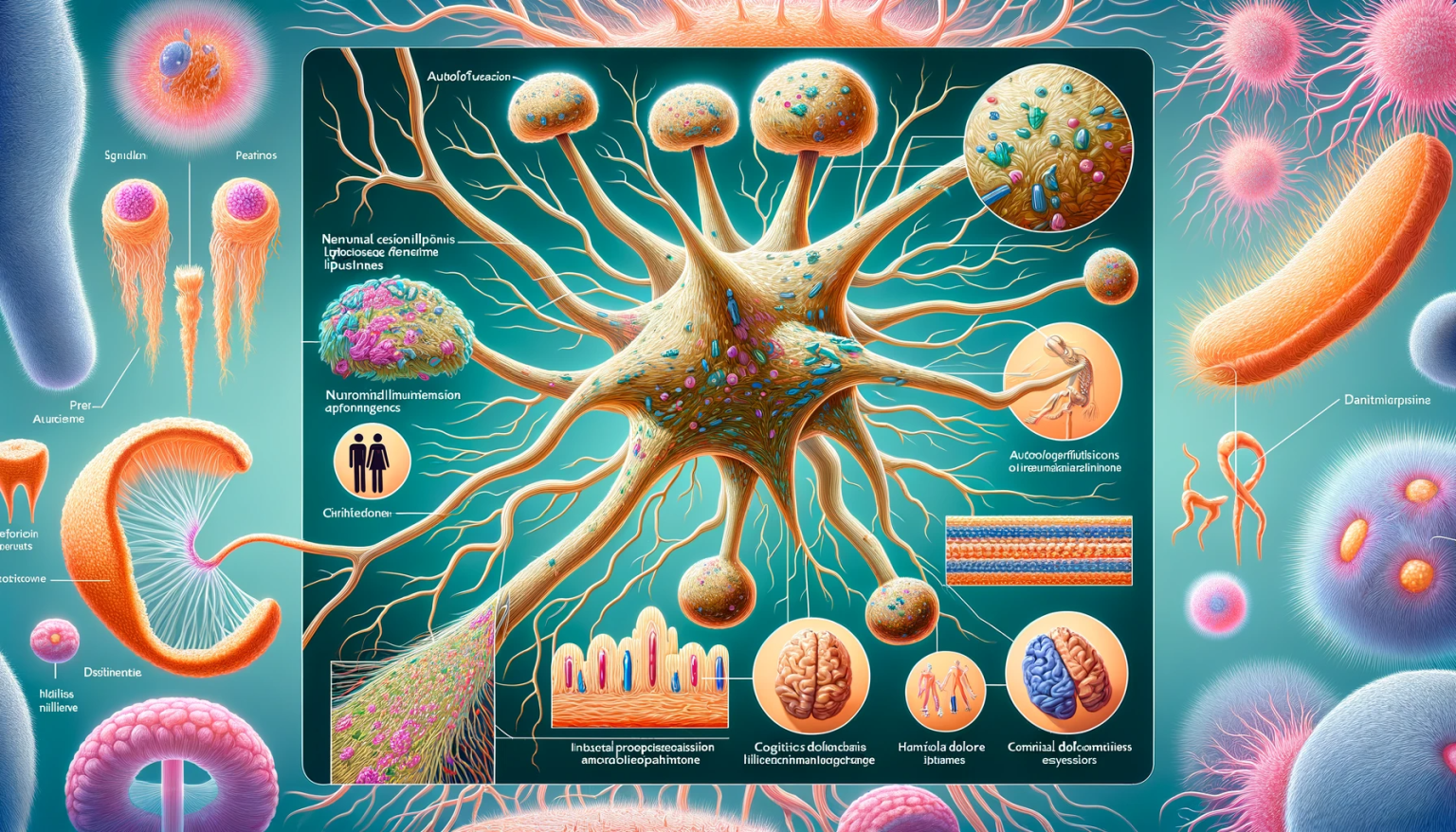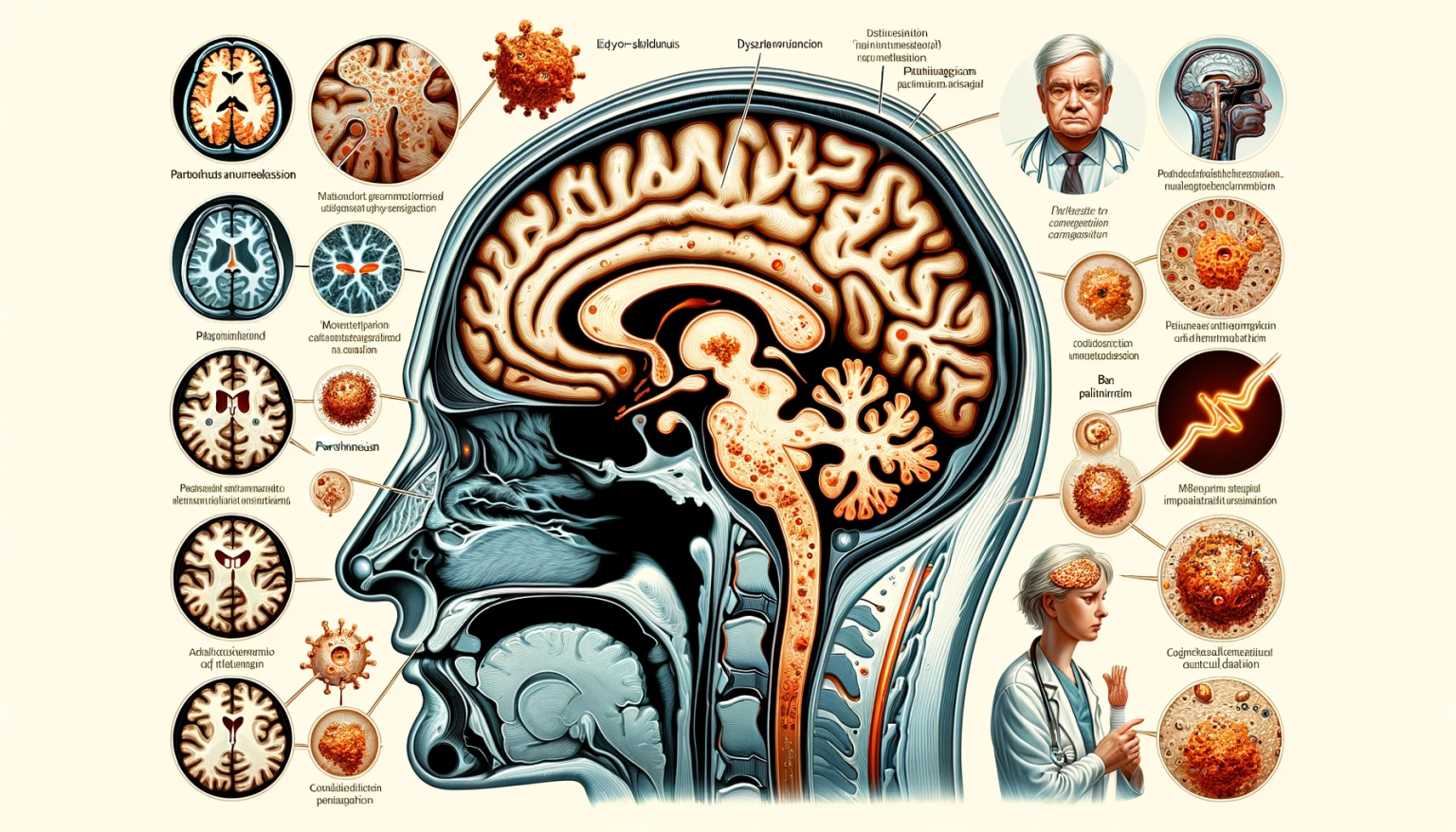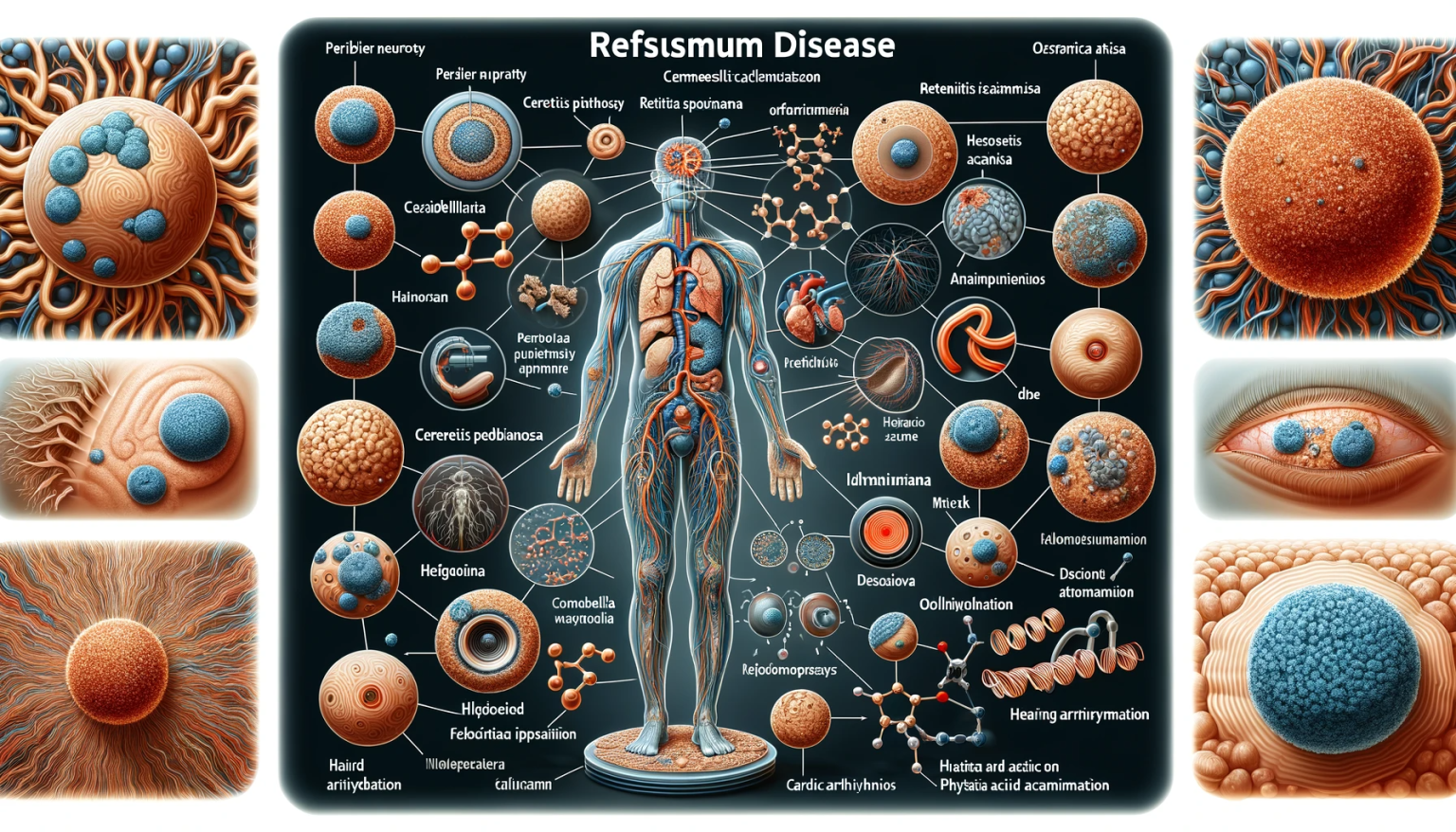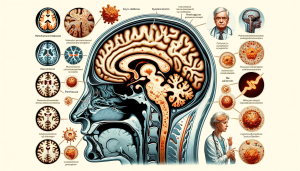Abstract
Canavan Disease is a rare, inherited neurodegenerative disorder characterized by white matter deterioration in the brain. This exhaustive review delves into the genetic basis, neuropathological features, clinical manifestations, diagnostic approaches, and current management strategies for Canavan Disease.
Introduction
Canavan Disease, a form of leukodystrophy, primarily affects the brain’s white matter. It is caused by mutations in the ASPA gene, which lead to the deficiency of the enzyme aspartoacylase, crucial for myelin synthesis. The disease is most common in individuals of Ashkenazi Jewish descent and manifests primarily in infancy.
Genetic Basis
The pathogenesis of Canavan Disease revolves around mutations in the ASPA gene, resulting in the deficient activity of aspartoacylase. This enzyme normally breaks down N-acetylaspartate (NAA), and its deficiency leads to NAA accumulation, causing disruption in myelin formation and maintenance. Genetic testing for ASPA mutations confirms the diagnosis and assists in carrier screening and prenatal diagnosis.
Neuropathology
Histologically, Canavan Disease is characterized by spongy degeneration of the white matter in the brain. Myelin sheaths fail to properly form or are destroyed, leading to a severe impact on nerve signal transmission. This demyelination is accompanied by astrocytic swelling and the formation of vacuoles within the white matter.
Clinical Presentation
The clinical spectrum of Canavan Disease typically includes macrocephaly, developmental delay, hypotonia, and motor dysfunction. As the disease progresses, affected individuals may experience seizures, spasticity, and feeding difficulties. Despite significant neurological impairment, sensory functions often remain intact.
Diagnostic Approach
Diagnosis of Canavan Disease is based on clinical symptoms, MRI findings showing diffuse white matter abnormalities, and biochemical tests indicating elevated levels of NAA in urine. Genetic testing for ASPA mutations provides definitive diagnosis. Differential diagnosis includes other leukodystrophies and neurodegenerative disorders.
Therapeutic Management
Currently, there is no cure for Canavan Disease. Management is supportive and symptomatic, focusing on maximizing quality of life and minimizing complications. This includes physical therapy, nutritional support, management of spasticity and seizures, and palliative care. Gene therapy and other novel therapeutic approaches are subjects of ongoing research.
Prognosis and Future Directions
The prognosis for Canavan Disease is typically poor, with most affected individuals experiencing severe disability and reduced life expectancy. Research efforts are focused on understanding the molecular mechanisms of the disease and exploring potential therapies, including enzyme replacement and gene therapy.
Conclusion
Canavan Disease presents a significant challenge in pediatric neurology and genetic medicine. A multidisciplinary approach to care is essential for managing this complex disorder. Advances in molecular genetics and therapy offer hope for future interventions that may alter the disease course.









